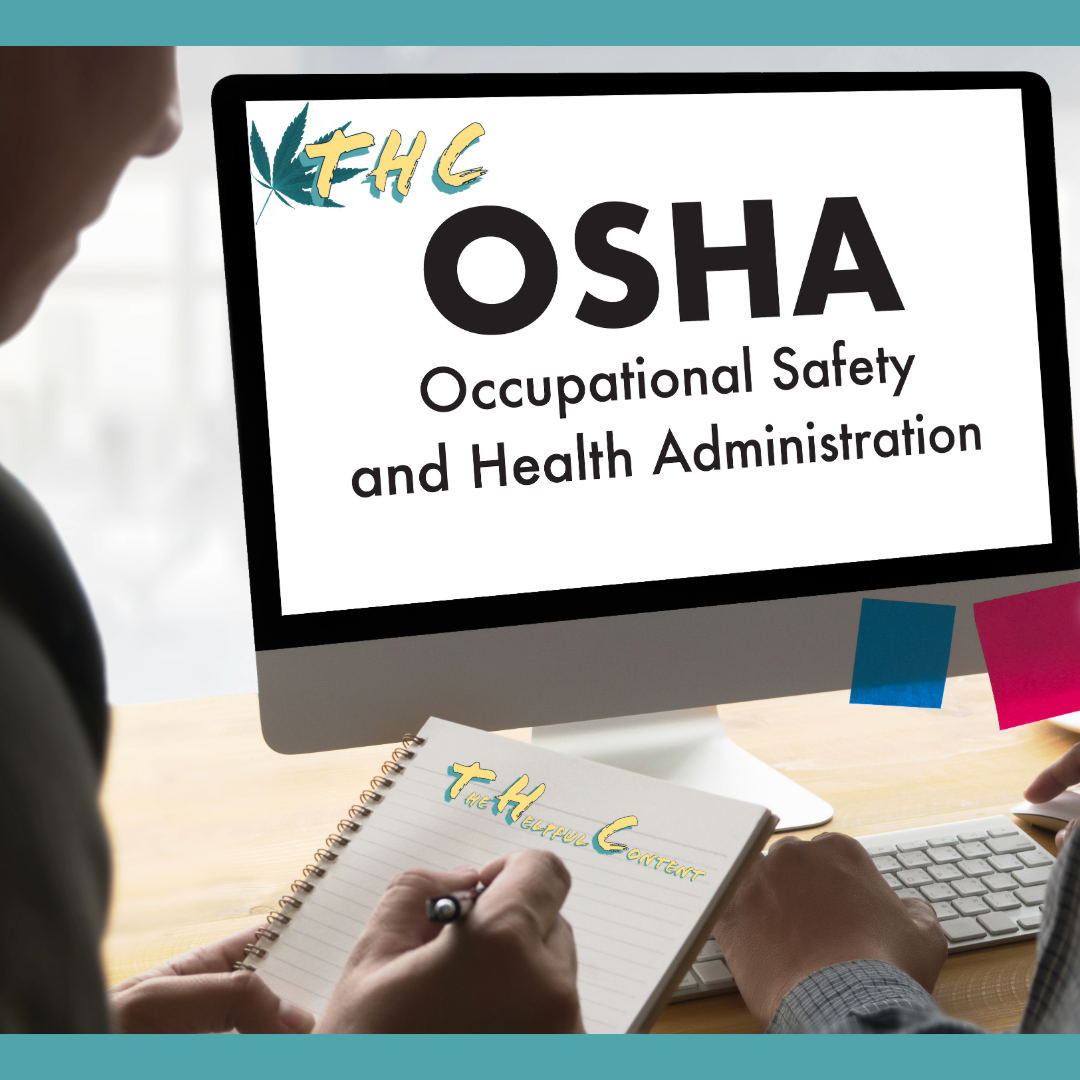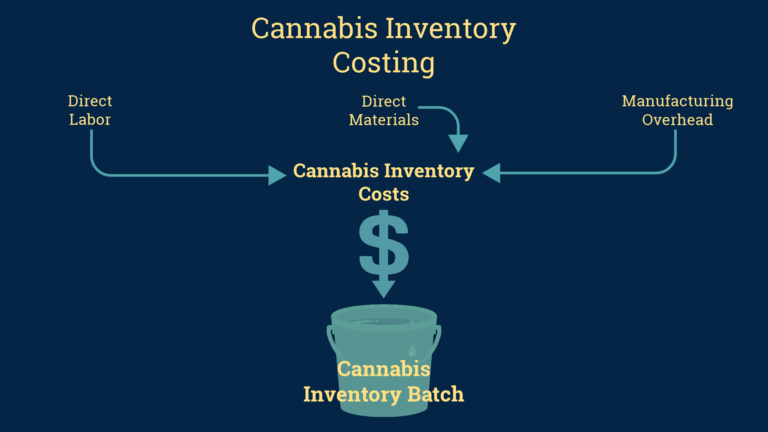The cannabis industry has seen rapid growth over the past few years, but with this expansion comes an increased need for workplace safety, especially in cannabis cultivation facilities. Adhering to OSHA (Occupational Safety and Health Administration) regulations is crucial for maintaining a safe environment for employees while ensuring compliance with federal guidelines. For cannabis businesses, this means developing thorough Cannabis Cultivation Standard Operating Procedures (SOPs) that account for safety hazards, training, and operational efficiency.
Why OSHA Compliance Matters in the Cannabis Industry
OSHA’s role in protecting the health and safety of workers spans across all industries, including cannabis. As the industry continues to grow, many states are imposing strict safety regulations, and businesses that fail to comply can face steep fines and legal issues. Cultivators, processors, and dispensaries must adhere to these standards to ensure their employees’ well-being and the sustainability of their business.
Common Hazards in Cannabis Cultivation
Cannabis cultivation operations are often complex, involving the use of hazardous chemicals, heavy machinery, and exposure to physical stressors. Below are some of the most common hazards OSHA identifies in the cannabis industry, along with the importance of implementing cannabis cultivation SOPs:
- Chemical Exposure
Many cultivation facilities use pesticides, fertilizers, and other chemicals to manage plant health. Employees need to be protected from harmful exposure, and OSHA requires proper labeling, storage, and usage of these chemicals. Having SOPs for chemical handling and personal protective equipment (PPE) ensures that your team is trained on safe practices. - Air Quality & Ventilation
Poor air quality due to mold, dust, or chemical fumes can pose serious health risks. Cultivation facilities should have SOPs that include ventilation system maintenance and regular air quality checks to prevent these issues. - Ergonomics
Cannabis cultivation often involves repetitive tasks such as trimming, packaging, or handling heavy plants and equipment. Employees can suffer from musculoskeletal disorders (MSDs) if proper ergonomics are not enforced. SOPs that include proper lifting techniques and work rotation schedules can minimize these risks. - Electrical Hazards
Cannabis facilities typically rely on complex lighting systems, HVAC units, and other electrical equipment. OSHA mandates that employers provide proper training and maintenance protocols to prevent electrical hazards, fires, or injuries. Your cultivation SOPs should include detailed instructions for safely handling and maintaining electrical systems. - Personal Protective Equipment (PPE)
OSHA requires that employees be equipped with proper PPE to protect them from potential hazards like chemical exposure, heavy lifting, or respiratory risks. PPE guidelines should be an integral part of your cannabis cultivation SOPs, ensuring workers know when and how to use the equipment.
Developing OSHA-Compliant Cannabis Cultivation SOPs
To create a safe and compliant work environment, cannabis businesses must develop thorough SOPs tailored to their specific cultivation processes. These procedures not only help protect employees but also boost operational efficiency and ensure compliance with OSHA regulations. Here are some key components of an OSHA-compliant cannabis cultivation SOP:
- Hazard Identification
Begin by identifying all potential hazards in your cultivation facility, from chemical exposure to heavy machinery risks. Document these hazards and incorporate preventative measures in your SOPs. - Safety Training Programs
Your SOPs should outline required safety training for all employees. This may include chemical handling training, emergency evacuation procedures, and equipment operation protocols. Ensure that training is conducted regularly and updated as new hazards arise. - PPE Usage Guidelines
Establish clear guidelines for the proper use of PPE, including when and where it is required. Your SOPs should specify which PPE is needed for various tasks, such as handling chemicals, working with lighting systems, or lifting heavy objects. - Equipment Maintenance
SOPs should also include routine maintenance schedules for all equipment to prevent malfunctions that could pose a safety risk. This includes electrical systems, HVAC units, and cultivation machinery. - Emergency Response Procedures
OSHA requires that businesses have clear emergency procedures in place. Your SOPs should outline steps to take in case of fire, chemical spills, or other emergencies, ensuring that employees know how to respond quickly and safely.
How to Stay Ahead with OSHA Compliance
The cannabis industry is constantly evolving, and so are OSHA regulations. Staying informed about updates to federal and state requirements is key to maintaining compliance. Implementing and regularly updating your cannabis cultivation SOPs can help ensure that your business is not only compliant but also efficient and safe.
Key Takeaways:
- OSHA compliance is essential for cannabis cultivation businesses to protect their employees and avoid penalties.
- Common hazards include chemical exposure, poor air quality, ergonomic issues, and electrical risks.
- Developing detailed cannabis cultivation SOPs is the best way to maintain OSHA compliance and foster a safe work environment.
- Regular training, equipment maintenance, and emergency preparedness are crucial components of a successful safety program.
By focusing on workplace safety and adhering to OSHA regulations, cannabis businesses can create an environment where employees thrive, leading to better operational performance and long-term success.
Optimize Your Cultivation with SOPs
Need help creating cannabis cultivation SOPs that meet OSHA standards? Our team of experts can assist you in developing customized procedures to keep your business compliant and your employees safe. Reach out today to learn more!





